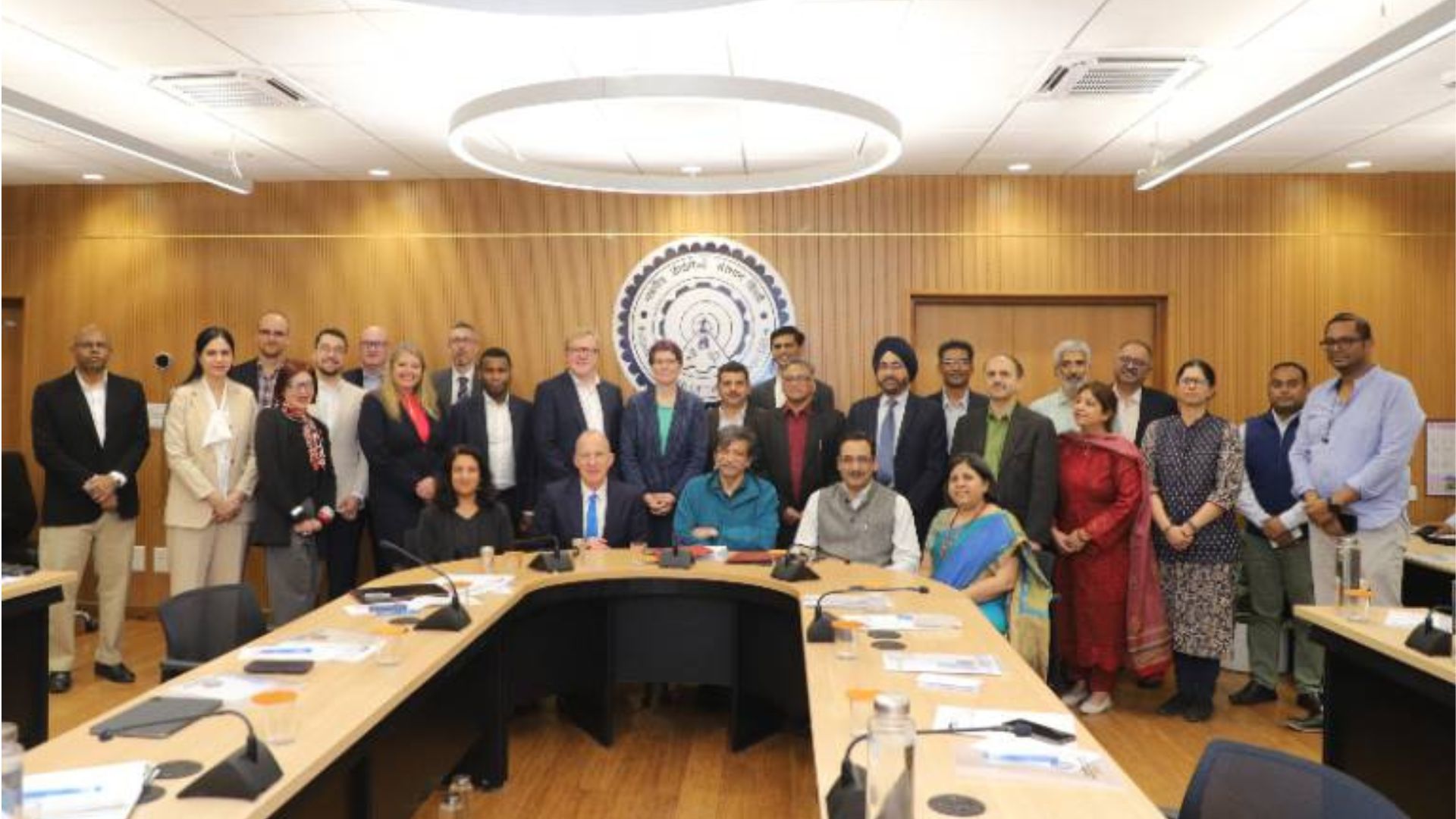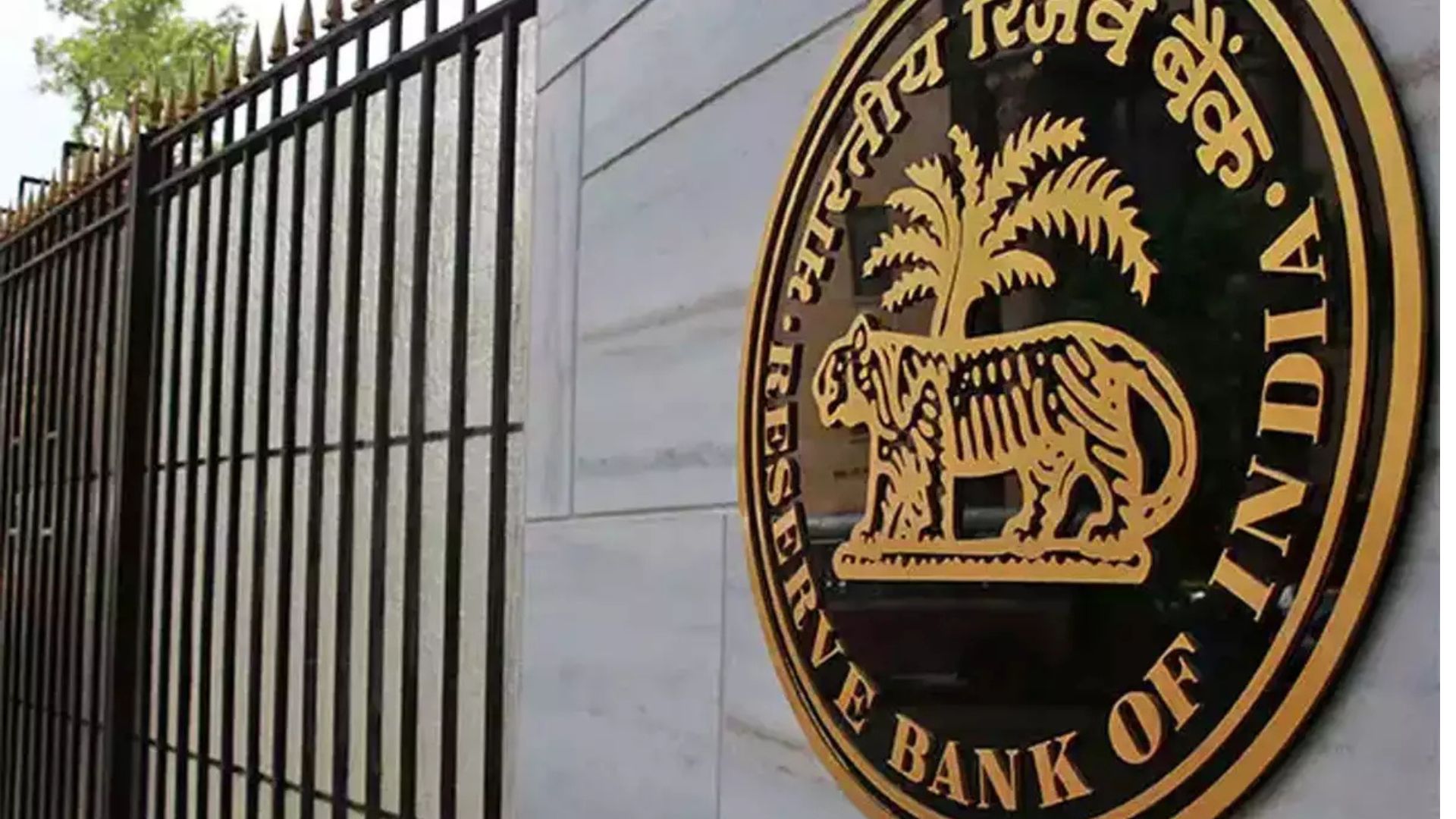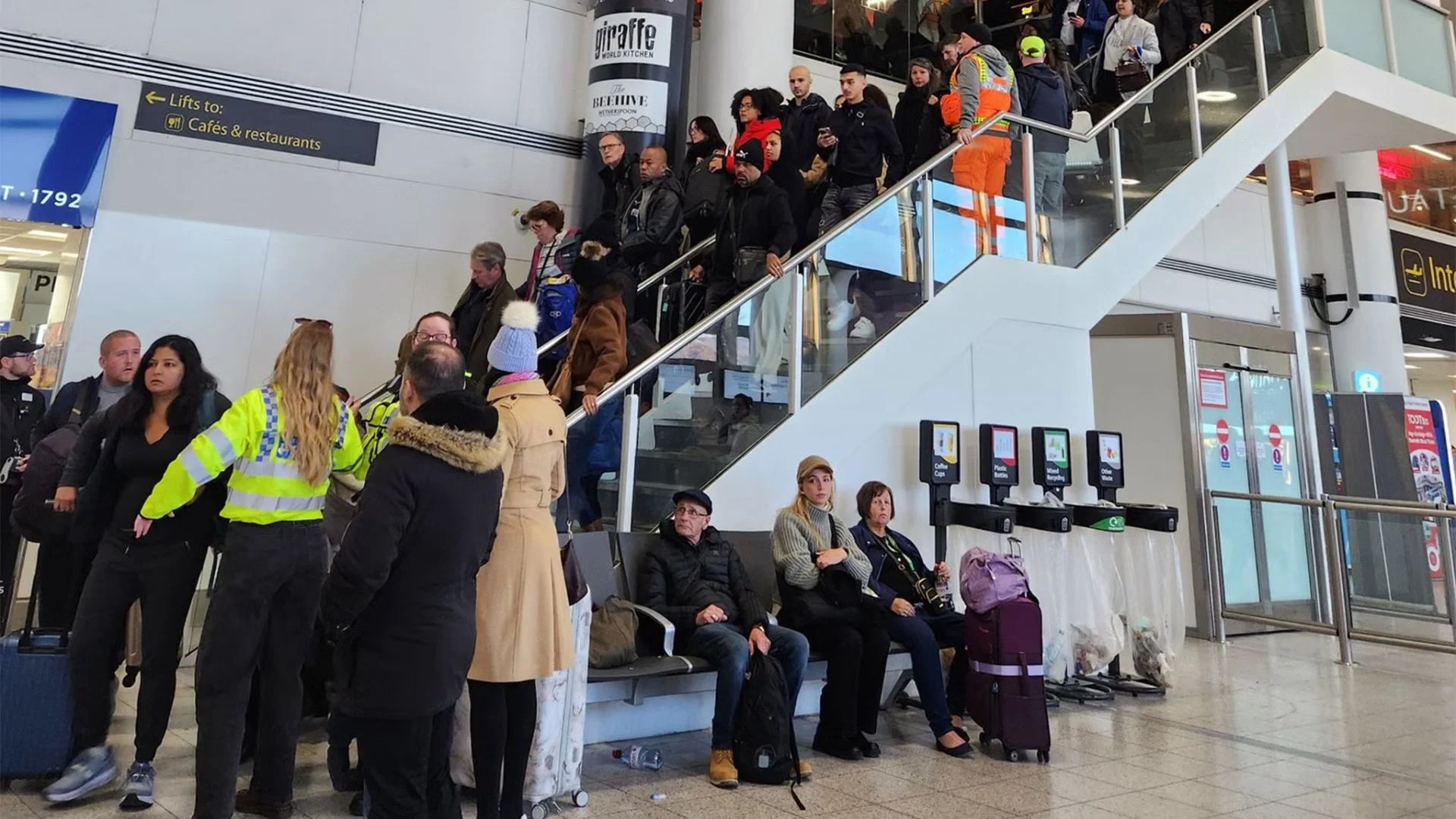
Scenes of thousands of buildings reduced to rubble in Turkey’s devastating 7.8 magnitude earthquake have forced the whole world to think as to how prepared we are to deal with the unpredictable earthquakes? About 59 per cent of India is vulnerable to earthquakes and therefore, it poses a more serious question for India. Just compare, the population density of Turkey is only 110 persons per square kilometre while in India this figure is 430 persons. Leave aside the case of Mumbai where more than 25,000 people live per square kilometre area. In such a situation, what will happen if an earthquake of 8 magnitude or more occurs? I have seen the magnitude of the earthquakes in Latur in Maharashtra, Bhuj in Gujarat and Jabalpur. I, my brother Rajendra and the entire team of Lokmat also provided all possible help there.
Now we cannot predict that the earthquake will occur only in the regions considered vulnerable. Statistics show that in the last 15 years, our country has experienced at least 10 major earthquakes and thousands of people have lost their lives. Scientists believe that the entire Himalayan region is so vulnerable to tremors that it can become the epicentre of earthquakes of 8 magnitude or more. We have also been experiencing a series of earthquakes, although of lesser intensity. However, the country has a history of earthquakes of 8.7 magnitude in Shillong in 1897, 8 magnitude in Kangra in 1905, 8.3 magnitude in Bihar in 1934 and 8.6 magnitude in Assam in 1950. If we talk in today’s context, scientists are continuously saying that a very powerful earthquake is waiting to happen anytime in the Himalayan region. We have seen the devastation of earthquakes in other parts of the country as well. As for the Latur earthquake in 1993, it was unexpected even for scientists. More than 20,000 people perished. In 2001, an earthquake of 7.7 magnitude occurred in Gujarat’s Bhuj and in 2005, an earthquake of 7.6 magnitude occurred in Kashmir. Even after that, tremors are being felt continuously in the states of Gujarat, Maharashtra, Uttarakhand and North-East.
Just imagine what would happen if a massive earthquake shakes Delhi, Mumbai, Chennai, Kolkata or other big cities? The population density of these cities is dangerously high. I agree that multi-storey buildings are the only option for the increasing population but the question is how many of them are earthquake resistant. Countries like Japan have made it mandatory for every house to be earthquake resistant. They also stand to benefit from their preparedness. Except for the tsunami caused by a 9 magnitude earthquake in 2011, generally earthquakes in Japan cause minimal casualties. Not only in Japan but also in the skyscrapers built in Europe, America and Dubai, such technology has been used that the buildings shake but do not fall even in high-magnitude earthquakes.
The officials of the National Centre for Seismology have warned many times that any earthquake with a magnitude above 7 can prove fatal because of the kind of buildings built in our cities. There is no strict rule to ensure construction of earthquake resistant houses or buildings. In our country, during the construction itself, the roof of a house collapses, or a bridge collapses and hardly any action is taken against the contractor. There is a rule that the officials of the municipal corporation should carry out inspection at every stage during the construction of a building and ensure quality of construction before allowing further construction. But is that rule followed! How can we imagine an earthquake-proof house in a country where multi-storey buildings are being erected illegally? It costs 10 per cent to 15 per cent more to make an earthquake-proof house. Where a cheap house and earning profit is the biggest desire, who will spend more?
Though people do not have the capacity to stop earthquakes, preparations can be made to deal with the consequences! The first and foremost thing is to strictly follow the building construction code across the country. Along with this, it should also be ensured that at least in the cities the houses should be made earthquake-proof. It would do more good if every new house being built in the country is earthquake-proof. Another crucial need is to educate people to save themselves from earthquakes. Fortunately, we have a force like the National Disaster Response Force (NDRF) which needs to be strengthened further. Connect youth with NDRF as volunteers and include lessons in school education on how to save ourselves from earthquakes and other natural calamities so that these can be useful in difficult times. And yes, it is very important to make our medical system resourceful. Nothing is difficult if we are determined. I would especially like to mention about the chief minister of Odisha Naveen Patnaik, who has contained the fierceness of cyclone and its aftermath with his better preparedness. Similar preparedness is needed in the whole country against natural calamities. We also have to avoid toying with nature. If we do not take care, we will be buried in history like Mohenjodaro and Harappa.
When cloudburst caused devastation in Uttarakhand, the parliamentary committee had called the scientists of disaster management. The scientists told the parliamentary committee, which I was a part of, that they had warned many times but the government did not listen! It should not happen. It is important to heed every warning.
Before I conclude
After the earthquake hit Turkey, the manner in which India immediately extended a helping hand following the instructions of Prime Minister Narendra Modi is commendable. India had done the same in Nepal too. This is the culture of India and that is what humanity is all about.
The author is the chairman, Editorial Board of Lokmat Media and former member of Rajya Sabha















